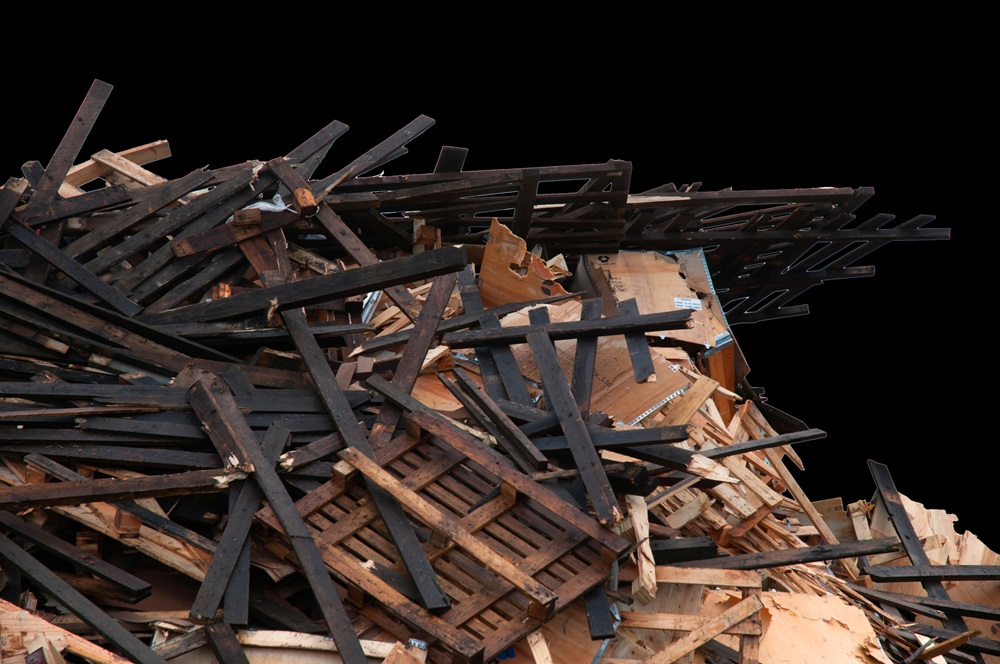Frustratingly, wood is one of the most commonly used natural products in a variety of settings and also one of the most common sites in landfills. This contributes to environmental concerns such as pollution.
However, more research is being done into how to conserve our resources every day. As such, creative wood waste recycling strategies are developing rapidly.
Taking an innovative approach can help us to reduce waste but also create useful products that contribute to a circular economy. Here we look at some of the ways wood waste is being used today.
Wood waste to engineered wood products
Wood waste in its various forms, including sawdust, fibres and wood chips, can now be engineered into new items. This is one of the most promising strategies, as these waste products can be used to create fibre board, plywood and particle board. Such products offer a more sustainable option than traditional lumber. This, in turn, reduces the demand for virgin timber, which can help reduce deforestation.
Wood waste to biofuels and renewable energy
Using processes such as gasification and pyrolysis, wood waste can become a valuable source of renewable energy. The creation of biofuels and biogas can be used for transportation, electricity generation and heating. Again, this reduces our reliance on finite products such as fossil fuels, and can contribute to a cleaner type of energy use. Furthermore, wood waste can also be used in power plants as biomass. This helps generate electricity and reduce carbon emissions.
Wood waste to Compost and mulch
Wood chips and sawdust can be composted into new nutrient-rich soil, improving soil health and fertility. This soil can be used in gardening, landscaping and agriculture, supporting a range of industries. In agriculture, it can be effective when used as mulch to retain moisture, suppress weeds and regulate the temperature of our soil, which can help optimise plant growth.
Wood waste to art and furniture
Reclaimed wood is becoming more popular in interior design. Recycled timber can be used for furniture, shelves, and even to create artwork. Recycling in this manner helps not only reduce waste but also produces decorative, sturdy and useful items.
Wood waste to animal bedding
From small pets to large horses, wood waste can also be used to create comfortable, hygienic, and relatively cost-effective bedding. This cannot only keep animals comfortable and ensure their health and well-being, but it can also help reduce our reliance on less sustainable types of animal bedding.
Collaboration
Another benefit of the methods we’ve outlined above is the simple fact that sustainability breeds sustainability. By collaborating with others to turn wood waste into useful material, companies can innovate further to create a sustainable economy.
It’s clear to see that there is a commitment towards a more sustainable way of living. By using creative methods to conserve the wood we would otherwise have wasted, we can reduce our reliance on finite resources, as well as producing valuable products we would otherwise have created less sustainably.
For more insights, visit our blog today!












 Get Directions
Get Directions